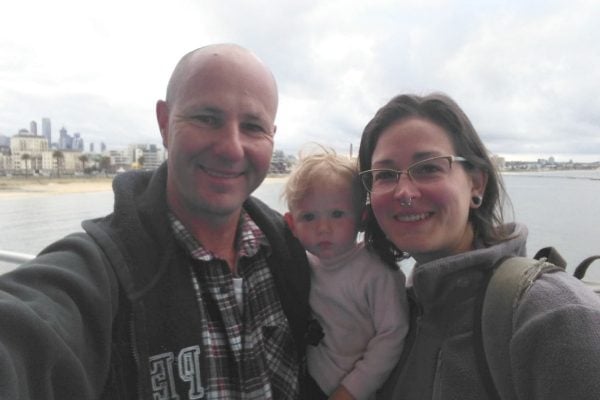
Lily was just a couple of hours old when her mum, Kate Varallo, 33, 'caught' her baby’s first wee.
Having read about elimination communication before giving birth, the Bendigo mum wasted no time putting into practice what she’d read.
"While she was on my breast [after giving birth] I noticed she would pause and wee, so I thought I would just get started with it. I got my husband to get a bedpan for her to pee in and we caught most of it.
"It was a relief when I caught the first one to know it could work. It just clicked, and I thought, 'This is a real practical thing I can do.' It was really inspiring," Kate said.
She first read about elimination communication during her pregnancy when she was looking at cloth nappies and stumbled upon the technique, so she decided to start researching it.




Top Comments